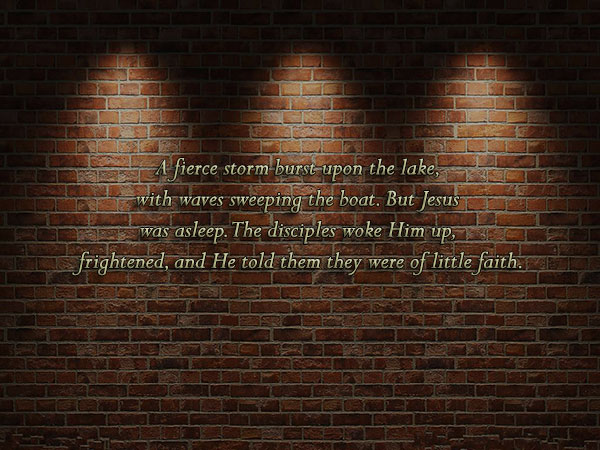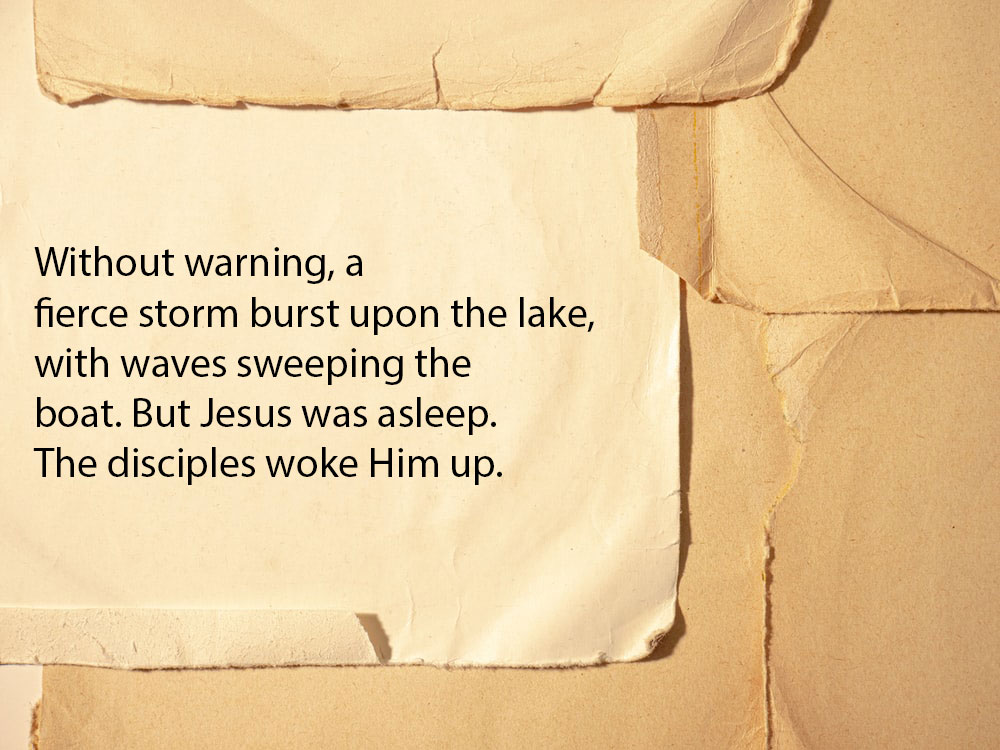(With permission from the Historian Ambeth Ocampo to parse his eponymous Inquirer article on May 17, 2019)
Some people think me heartless because I did not cry or do the required hysterics when my father passed away quietly at Makati Medical Center last Sunday at 9:55 p.m. My sisters were shocked that I was more concerned about his dentures than anything else before I arrived. I explained that my father’s dentures had to be installed before rigor mortis set in, because he would look so bad and wasted that even his grandchildren would not recognize him without them. When this was done, the next problem was keeping his mouth shut; first we used a pillow, then a towel, until we settled on the wide rubber band they use for a tourniquet.
I experienced the same thing when my father died. We claimed his body from the VMMC morgue and travelled from Quezon City to the funeral parlor in Sta. Rosa City, Laguna. Before he was even transferred to the embalming section, my concern was for his handlers to make sure his dentures were in place. That they were reassuring gave me rest.
Waiting for the bills and the death certificate distracted us from our loss, and it helped that he had passed away in the empty Kidney Unit (KU) rather than the Intensive Care Unit, where he would have been just another piece of meat.
Mr. Ocampo’s father was luckier than mine. From the daily watch, I excused myself to get a quick shower and left him with my friend. Just right out of the bathroom, I got a call from my friend asking me to hurry back to the hospital. I didn’t have to ask him to know why he said what he said. When I got to the hospital, my father was no longer in the charity ward. I dad to identify him at the morgue, among a heap of corpses. Were it not for the blue blanket that still wrapped him, I could not believe the brief moment of my being away changed his countenance. It is true what they say about the just died, they no longer look alive, my father was so drastically changed I was sure I could not have held him if I was compelled to.
Having been a regular at the KU for the past three years made all the difference; the staff knew him and took extra care of him in life and even in death. When a nurse came to remove the IV drip and other things attached to his lifeless body, she asked tenderly, “Daddy, alisin ko ito, ha?” We all looked at her and said, “Why ask? He’s dead.” She replied that it was the proper thing to do. They treated him in death as a person rather than as a cadaver, and small gestures like these meant a lot at that most difficult time.
I guess the difference between Makati Med and Veterans Memorial does not lie in the capacity of the patients’ kins to pay but in the attitude of the staff. As I am shamed by your Daddy’s nurse’s respect for him, the nurses at VMMC were short of that, treating my still-alive Dad with indifference and something short of contempt (and he never got out of his coma! to even care or feel).
His remains were collected from the hospital morgue at 2 a.m., we had a Mass at 8 and cremation followed at 9 a.m. Two hours later, his ashes were given to us in a marble urn. If I had my way, the ashes would have been placed in the crypt with my mother, straight from the crematorium. But tradition dictated that we go through a wake and funeral. In retrospect, I realize that a wake is not for the dead but for the living, who must come to terms with their loss by getting together to reminisce and share stories of how the deceased had been part of their lives.
The wake, indeed, is for the living. I have no quarrel with tradition except that besides the dead having no voice anymore to decline, the living not necessarily come to terms with the loss but (I suspect) make up for whatever sins committed against the dead, sometimes going through great lengths at speaking of the latter’s virtues, whether factual or made-up. I’ve made sure this does not happen to me; I want immediate cremation right after my death certificate is issued. No viewing will mean there will be no talk about how I looked or, worse, how I lived.
There were so many traditions and superstitions new and old that came up during the wake: Well-wishers should not be ushered out; well-wishers are to be fed, and this being a Kapampangan wake, there were three full meals served and lots of food and drink in-between; well-wishers are not allowed to take home any food or flowers, but we ignored all this on the last day; well-wishers are advised not to use the toilets, because that was leaving something of yourself behind; well-wishers were advised not to sign the guest book, because after the funeral God would place all the names in a tambiolo and pick out lucky winners who would die next. Then there is pagpag, stopping by and leaving death at a convenience store before returning home. There is enough material here for a doctoral dissertation.
I have observed all the traditions that came up in the wake of Mr. Ocampo’s father in the many wakes that I have been to. Growing up, I subscribed to some of them (unless the justification was too exquisite for my young mind to take in) especially those that had a macabre ring, but when I got older, I did not need to be advised about what to believe and discard, I poo-poohed all of them as old-wives’ tale. Until the present.
Black is the color of choice at funerals because it is elegant, and makes one look slim. Black, however, attracts heat and is not suitable for long services at outdoor burials. White is the default Chinese mourning color; it is more cheerful than black and more comfortable in cotton or linen. Foreigners in Japan often make a thoughtful gesture by giving white chrysanthemums to friends and acquaintances, not knowing that these beautiful flowers are only presented to the dead at funerals.
Decency and dignity ought to rule not only the dress code in wakes but at similar gatherings where a sense of taste and decorum separates the fancy from the frivolous and the rude from the respectful. I certainly won’t raise an eyebrow at a red dress or shirt worn tastefully but will mind a black or white attire that is meant to catch attention or cause agitation for the sheer scandal it spawns.
My sisters decided on white for my father’s funeral Mass, the same color as the flowers and wreaths sent by relatives, friends and friends of friends, but when I arrived in the church everyone had given in to vanity and came attired in traditional black. If I had my way, I would have come in flaming red, as one does to a Chinese birthday party, since a funeral marks the passage from one life to the next.
I’m in total agreement with Mr Ocampo’s bold wish to be a non-conformist, if only to dispel his sisters’ vain change of dress plan, if he meant it as a whim but I am one to resist change if it is sudden and goes against an already-consensual proposal.
I was firmly told not to wear red at the risk of offending my father’s sister, the only one left standing in a brood of 10. A Chinese friend agreed with my choice of red, because some Chinese do so if the deceased had lived to a ripe old age. Since my father died at 94, his life was better celebrated than mourned.
If, however, what to wear is an established family tradition and breaking it would endanger strong family ties, I’d allow courtesy and modesty to prevail. Knowing full well the contrary might offend is fair warning to exercise caution especially at a moment of mourning.
The question of color often came up when visitors apologized for being attired in bright hues or lively prints, because they had come to the wake from a party or work. Of course, the fact that they came to express their condolences in person was appreciated more than the color of their clothes.
Certainly no quarrel here, where condolences prevail over coincidental circumstances.
Filipino folk beliefs and customs at wakes and funerals may not make sense to us, but they do make the reality of death and the afterlife easier to bear.
In a weird way, traditions are additional topics to talk about when the nights get longer and the mourners dwindle and the bereaved are left to themselves to go back to the grim reality of coming to terms with the recent loss. Debatable probably but infinitely better than commenting on how young, or old, or changed the dead looks. Which is, by any imaginable chance, hardly a consolation.








